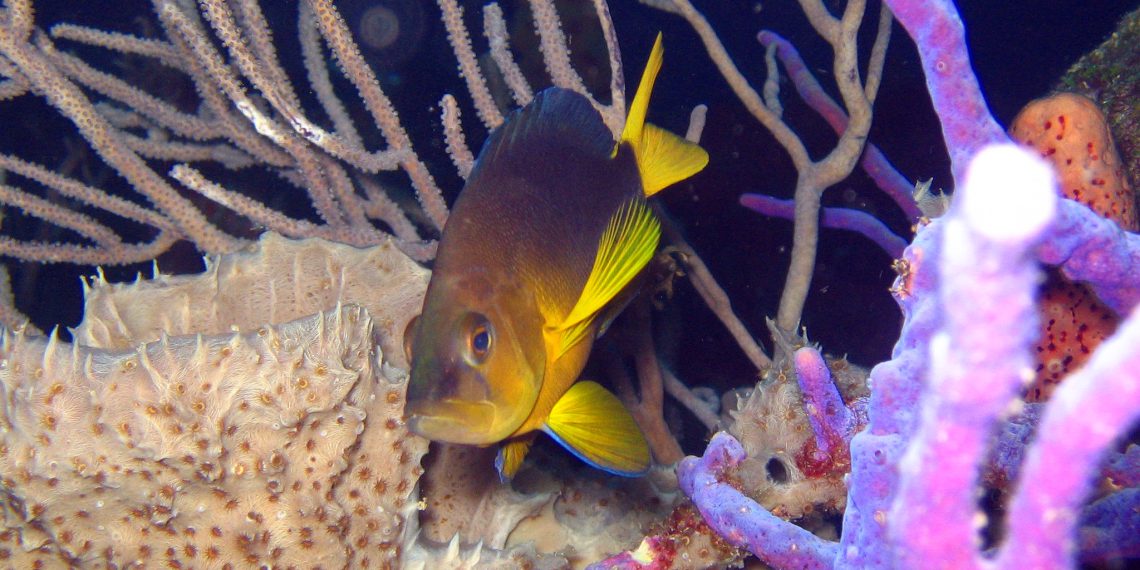In the journal Proceedings of the National Academy of Sciences of the USA, scientists from the Leibniz Center for Tropical Marine Research (ZMT) investigate the genetic mechanisms underlying the rapid speciation of coral reef fishes.
The evolutionary process, in which animals form different species within a short period of time, often takes place in newly formed or geographically isolated habitats such as islands. There, the founder species encounter unoccupied habitats and lower selection pressure, favoring an emergence of species diversity. A well-known example is the Darwin’s finches of the Galapagos Islands.
However, species can also fan out rapidly in complex environments that are not isolated. Such cases, however, are little studied, even though they often occur in tropical habitats that harbor most of the animal and plant diversity on Earth.
The research group led by Oscar Puebla, a marine scientist at the ZMT and professor of fish ecology and evolution at the Institute of Chemistry and Biology of the Sea (ICBM) at the University of Oldenburg, Germany, took on hamlet bass to gain insight into the underlying mechanisms of rapid species splitting in coral reefs, a very complex habitat. To do so, the scientists analyzed the genomes of 170 individuals from reefs off Honduras, Belize and Panama.
Hamlet bass live in the coral reefs of the Caribbean, where they occur in numerous species with an amazing variety of colors and patterns. However, they are very similar in most other characteristics and in habitat and diet. At least some species are thought to mimic the color patterns of other reef fishes to have greater success in catching prey, because the prey considers the hamlet perch a harmless neighbor rather than a predator.
“Hamlet perch provide an excellent opportunity to study the genetic drivers of a rapid species split,” explains Oscar Puebla. Based on genome analysis, the scientists found that the split into 18 species likely occurred within the last 10,000 generations, even though the Hamlet perch family tree is about 26 million years old. That’s a splitting rate that is among the fastest in fish.
The research also suggests that the high variability in color patterns is generated by different combinations of alleles in a few genes that have a large effect on pigmentation. Alleles are gene variants that control the expression of a trait such as just the color pattern. Hamlet perch can exchange alleles between species through hybridization, which provides the opportunity to create a variety of color patterns. Such genome architecture allows for accelerated speciation, which would take much longer if it were based on new mutations. It appears to be very common in the animal kingdom.
“Our results allow us to better understand the process of species splitting. The number of species on Earth is a dynamic balance between evolution of new species and species extinction. Nowadays, we mainly worry about the extinction aspect, but species emergence must also be considered.”
- Oscar Puebla

















